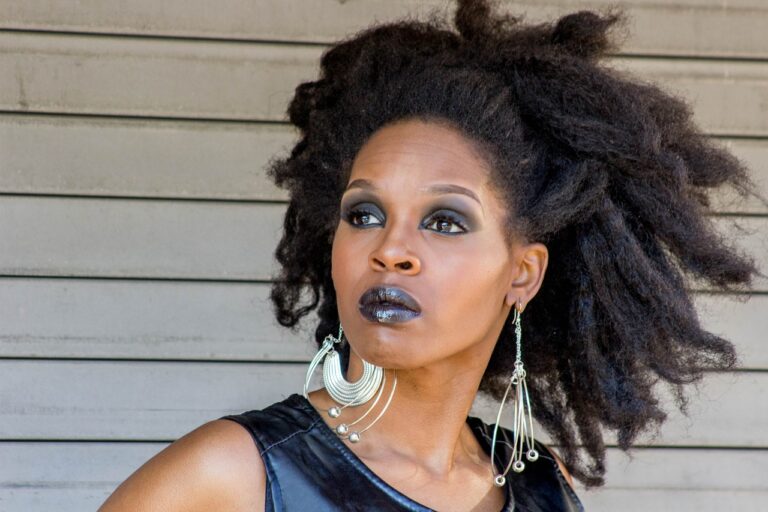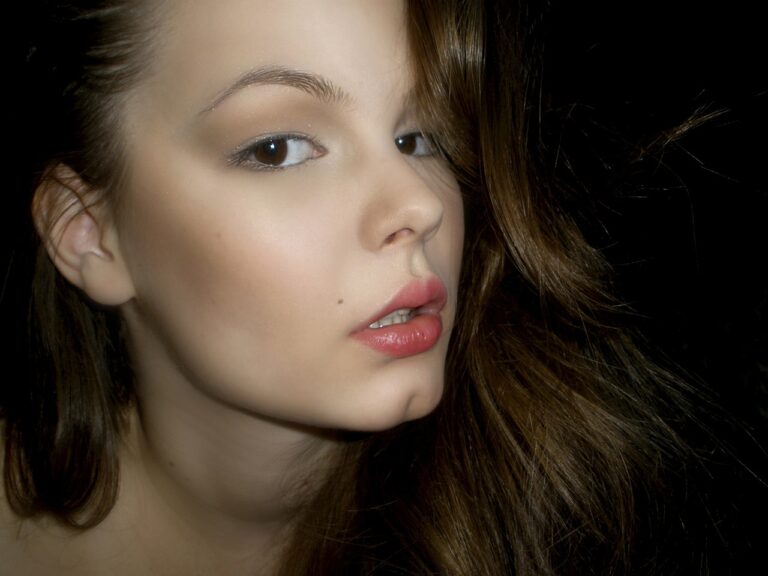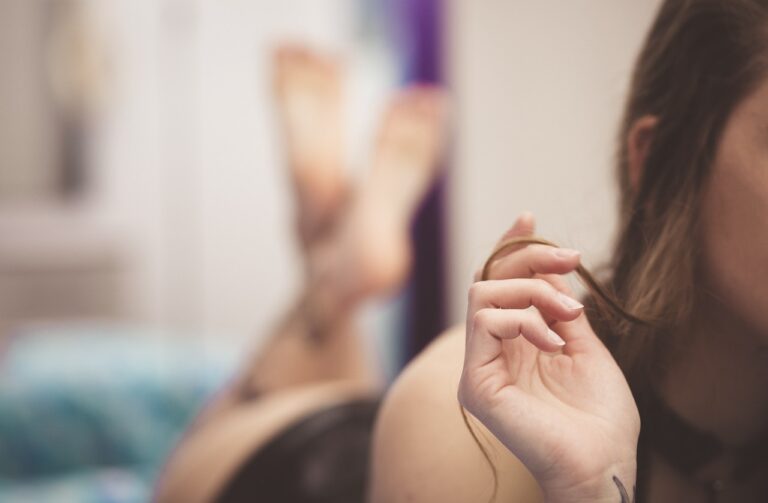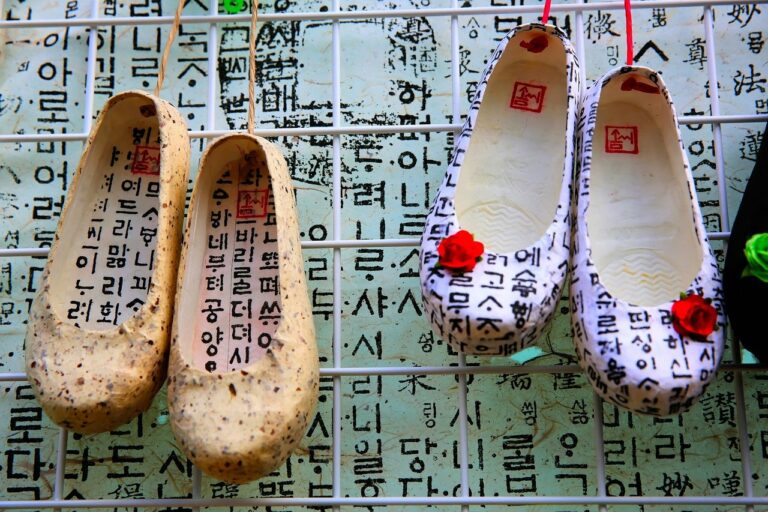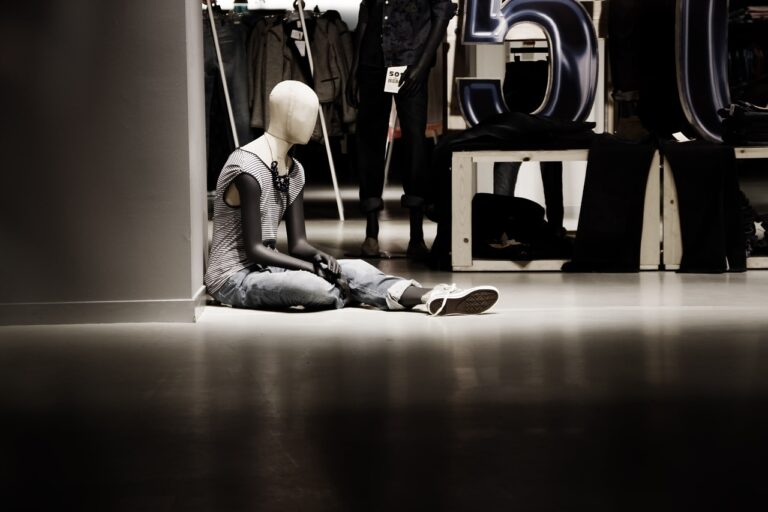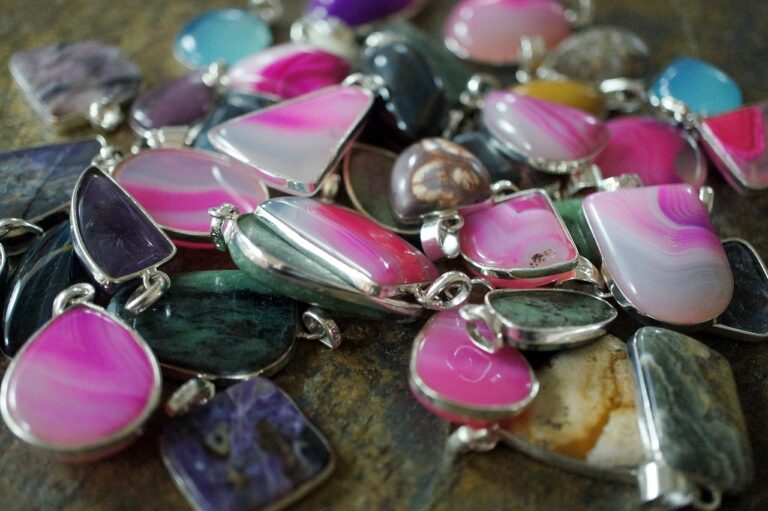Fashion and Virtual Reality: VR Runway Experiences and Digital Fashion Shows
In recent years, virtual reality (VR) technology has made significant strides in revolutionizing the way we experience various aspects of our lives. From gaming and entertainment to education and healthcare, VR has the potential to transform industries and create new possibilities for immersive experiences. One area where VR is making a big impact is in the world of fashion, with VR runway experiences and digital fashion shows becoming increasingly popular.
The Rise of Virtual Fashion Shows
Traditional fashion shows have long been a staple of the industry, offering designers a platform to showcase their latest collections to a live audience of fashion editors, buyers, and influencers. However, in recent years, fashion brands have begun embracing VR technology to create virtual fashion shows that reach a global audience and offer a more immersive and interactive experience.
Virtual fashion shows allow viewers to experience the runway from the comfort of their own homes, using VR headsets to feel as though they are sitting front row at a high-fashion event. Brands like Balenciaga and Tommy Hilfiger have used VR to create virtual versions of their runway shows, giving viewers a 360-degree view of the models walking down the catwalk and allowing them to explore the collection in detail.
Benefits of VR Runway Experiences
There are several benefits to using VR technology for fashion shows. One of the biggest advantages is the ability to reach a much larger audience than traditional runway shows. Virtual fashion shows can be live-streamed to viewers around the world, allowing designers to connect with a global audience and reach potential customers who may not have the opportunity to attend a physical show.
Another benefit of VR runway experiences is the level of interactivity they offer. Viewers can explore the collection in detail, zooming in on specific pieces, viewing them from different angles, and even making purchases directly from the virtual show. This level of interactivity can help to create a more engaging and personalized experience for viewers, leading to increased brand loyalty and customer engagement.
The Future of Fashion and Virtual Reality
As VR technology continues to evolve and become more accessible, the possibilities for virtual fashion shows are endless. Designers can use VR to create immersive experiences that transcend the limitations of physical runway shows, allowing them to showcase their collections in new and innovative ways.
One exciting development in the world of VR fashion shows is the use of augmented reality (AR) technology to create virtual fitting rooms. This technology allows customers to try on clothing virtually, using their smartphones or VR headsets to see how garments will look on them before making a purchase. This not only enhances the online shopping experience but also reduces the number of returns and exchanges, leading to more sustainable and efficient shopping practices.
FAQs
What is a VR runway experience?
A VR runway experience allows viewers to watch a fashion show in virtual reality, using VR headsets to immerse themselves in the event as if they were physically present.
How do virtual fashion shows benefit designers?
Virtual fashion shows allow designers to reach a global audience, create more engaging and interactive experiences for viewers, and showcase their collections in new and innovative ways.
What role does VR technology play in the future of fashion?
VR technology has the potential to revolutionize the way we experience fashion, from virtual fitting rooms to immersive runway experiences, offering new possibilities for engagement and creativity.
Overall, the intersection of fashion and virtual reality is creating exciting new opportunities for designers, brands, and consumers alike. As VR technology continues to evolve, we can expect to see even more innovative and immersive experiences that push the boundaries of what is possible in the world of fashion.


